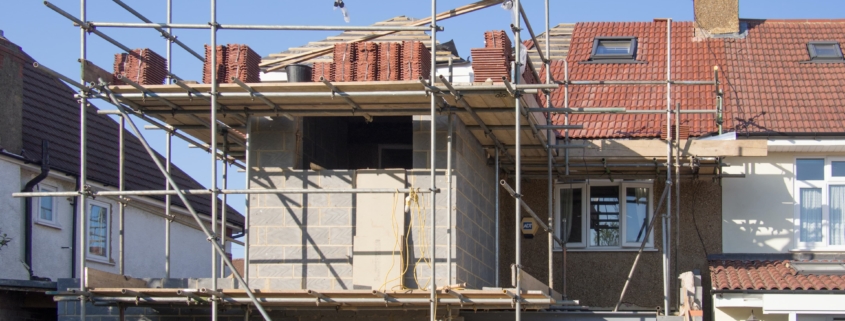The Decade-Long Retrospective Extension Planning Dispute
The concept of asking for forgiveness rather than for permission was taken to quite an extreme level in the case of a home extension that seemed to break every rule going but was granted permission after 12 years.
No building contractor working on house extensions in the West Midlands would work on a planned extension without either firm planning permission or assurances from the local planning authority that the work would fit under permitted development rights.
Applying for retrospective permission is not a risk most people would take, given that at best it can lead to demands to take down an extension that has already been built and at worst can lead to fines for violating planning law.
In 2012, a decade-long chain of events was set in motion in Bradford that would lead to a huge conflict between two neighbours and how one extension affected the other’s living conditions.
The dispute centred on an extension to a terraced house on the end of a street that was initially proposed with good intentions to help someone with medical conditions stay within their home but somehow managed to break every written and unwritten planning rule.
It was far too large as a ground and first-floor extension, creating both a wind tunnel and blocking the neighbour’s light for nearly the entirety of the day, affecting their enjoyment of the property and potential sale value.
It was also built unsympathetically to nearby homes, eschewing the pebbledash style in favour of artificial sandstone, causing it to stand out against the rest of the buildings and affecting the character of the area and breaking a planning agreement.
The building was refused permission five times, four of which were retroactive before finally being approved in late March 2023, with the chair of the planning panel claiming he had seen worse extensions that had been approved.



